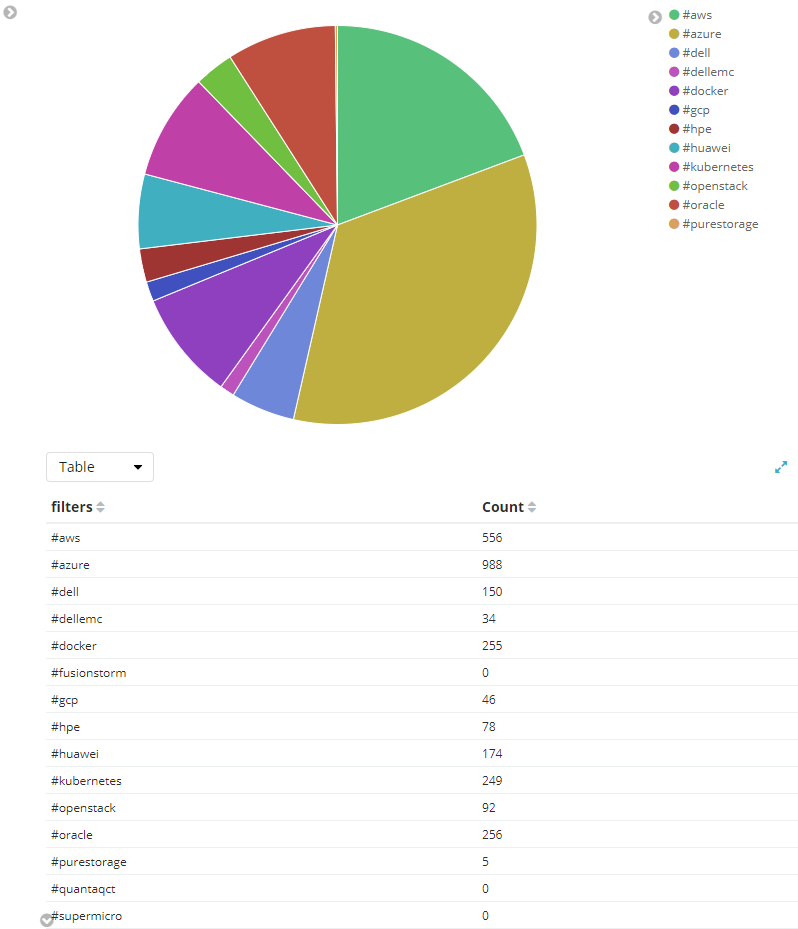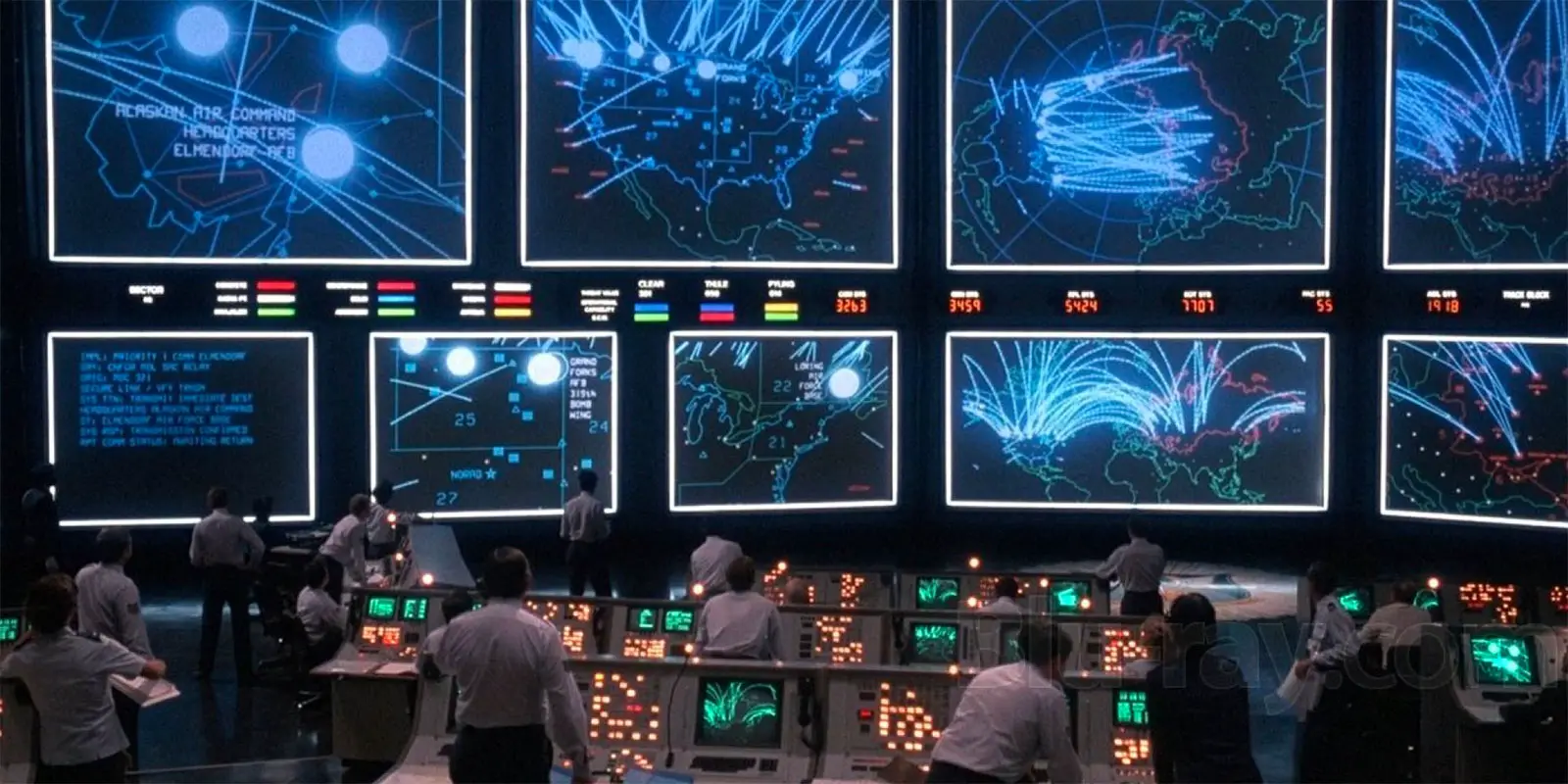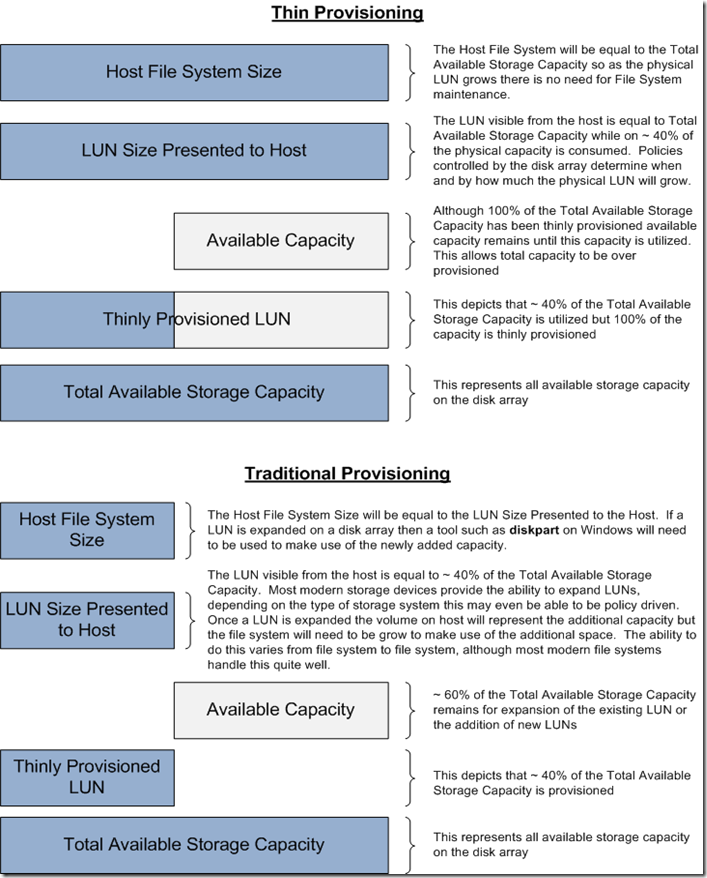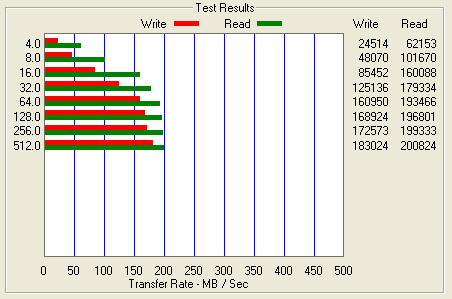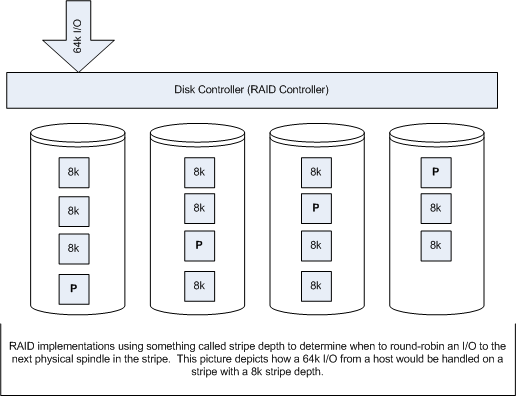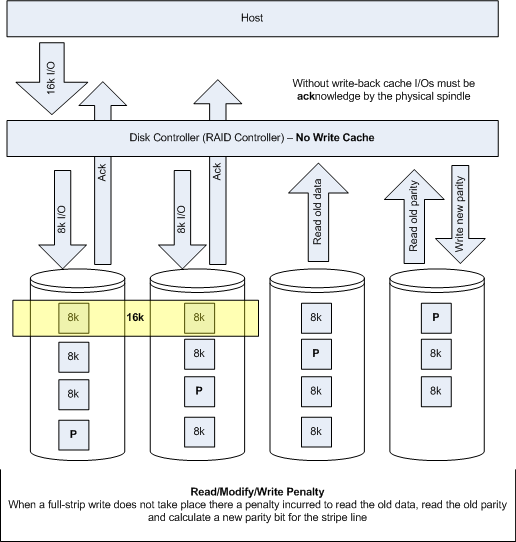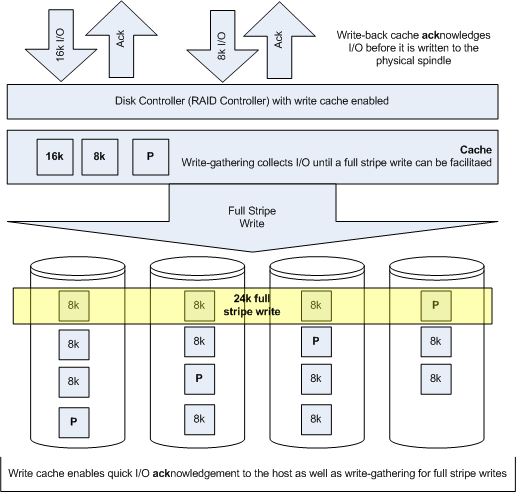After a week in London, I spent my weekend like I have spent most of my weekends for the past two years, in front of the computer. To stay sane, I often take small breaks from academic research and writing while trying to retain my flow; this usually involves a shift to leisure reading or creative writing. In this case, I visited my notes from the past week, when I say notes I mean not just the ones from daytime working sessions, but all my notes including the ones I made at 3 AM on my nightstand. When I have notes taken over a period I always try to organize the information and my opinions into a narrative that I will use to challenge my views and inform others; I find bullets to be uninspiring, so a narrative is important to me. As I distill these ideas, a macro takeaway almost always emerges and this becomes and fuel for my reflection and the core of my narrative.
It is always great to spend time with organizational peers and leadership; don’t have the opportunity to do it enough, but the fact is that when it does happen, it makes me think about and appreciate the people I have in my life and the incredible opportunities I have. Having a natural and agendaless dialog with organizational peers and leadership becomes a significant portion of the fuel that I use to reflect and recalibrate. Believe it or not, I have a takeaway from just about every conversation and interaction I have, these takeaways often become a short note to myself or an idea that I jot down at 3 AM when I awake with something on my mind as a result of a conversation or interaction. Over weeks or months, I use these takeaways, ideas, and thoughts to fuel my reflection and challenge myself. What an incredible luxury and opportunity. Some of these interactions are incredibly trivial, but they occupy precious space in my mind, heart, and soul for long periods of time. For instance, while having lunch at Heathrow airport on Friday, apparently I kept looking at my feet (which were under the table) during a conversation. The person I was talking to asked me if he was kicking me, I said no, he then asked why do you keep looking down, a great question, to which I responded: “there is a bolt holding the table to the floor, and it is under my foot.” For some reason this bolt had consumed a portion of my attention; after all, why was this bolt so protruded from the floor? Why do I tell this story? First off, odd behavior on my part, second without feeling safe I am not sure how this strange dialog takes place. Without the dialog how would I ever have the fuel to reflect on the bizarre behavior of staring at my feet in the middle of a conversation? More on the value of feeling safe in a bit.
I love what I do, so much that my profession, has become a spiritual calling. I recently sent a thank you email, and in the email, I referenced a Simon Sinek quote that reads like this: “When we feel safe inside the organization, we will naturally combine our talents and our strengths and work tirelessly to face the dangers outside and seize the opportunities.” Over the last twelve years, this individual made me and others feel safe when things weren’t so safe, he created stability amid volatility, and this allowed many of us to do remarkable things. It is easy to pick apart details of anything or anyone, but in my mind, there may be no better macro-level representation of leadership. I always appreciated all the latitude this person provided me over the years and the faith he put in me, even though I know my convicted and passionate visions are often overly complicated and unrelatable. I feel these similar sentiments about so many others in my life who have entrusted me and provided me with incredible opportunities throughout my life. I have enough self-awareness to realize that my vision and passion often outrun my ability to execute, but I am OK with this because it keeps me pushing myself and others and working tirelessly to make vision meet execution. As I reflected this weekend on the past week and last thirty days, it got me thinking about the broader scope of feeling safe and achieving remarkable things together. When we feel safe we will challenge each other, we will admit fear, and we will stand together to take it on, feeling safe amongst each other is incredibly powerful. I believe this is what great leadership is about; great leaders don’t rely on organizational hierarchy or specific accomplishments to lead because leadership is an intangible influencer that has nothing to do with ascribed authority and everything to do with achieved influence.
My mind is always racing, so much so that I often wish I could shut it off for the sake of others, my family and myself, but at this point in my life, I’ve come to accept it. While I have come to accept the anxious thought as intrinsically me, progression (personally, professionally, spiritually, etc.) is also inherently me. I’ve begun to focus on reflection and pivoting my mind to focus on listening and how perception and adaptation can significantly impact influence. While I am still frustrated by so many things (it’s a journey), I am working to capture valuable cycles which I traditionally spent thinking about situations where the probability of influence was low. The methods outlined by Tim Ferris in “Tools of Titans” have helped me, I constantly ask myself: “What is the absolute worst that could happen if I did what I am considering? Is it recoverable? Why or why not? What positive impact might there be? Is fear blinding me to the future?” My need for contrarian debate will always exist as a tool that I use to challenge myself with the hope of personal enlightenment. I credit my wife who has figured out how to live with my contrarian personality for twenty-three years with planting the seed of taking the positive contrarian view, digging deeper into the reason of why something is and identifying and defending the positive position. FWIW, I have been trying to use this tactic, and I find it quite effective, proving that being left or right of center is annoying to most regardless of the direction. 🙂 I am committed to a life of progression, and this takes commitment and perseverance, luckily I am passionately curious and looking to and willing to learn from anyone or anything. One of the notes that I have from my nightstand in the UK reads like this: “… thinks I don’t like salespeople. Why is this?” Perception is a reality, and this can’t be the perception because it’s far from the truth, I admire a vast array of skills, and the optimism and perseverance of the salesperson are at the top of my list. FTR, I like salespeople; it’s people that I sometimes struggle with. 🙂
It’s interesting because the sentiments I have shared in this blog started with me revisiting an unpublished email (longer than this blog) that I began composing two weeks ago about organizational structure, focus, growth, etc. FWIW, I often write something, let it sit for weeks or months, come back to it, and find I have a different perspective and often a lot more to say; hence I write some very long emails. The reason for the revisit was a comment made this week during a casual conversation where someone said: “I don’t think anyone knows that.” My first mental reaction (and probably verbal, because there isn’t much I think that I don’t say) was “How is that possible?”, But then I thought, why does it matter? What does matter is perception and time spent asking why is not time well spent, time spent changing the perception is where I need to focus my time.
I was extraordinarily impressed by so many of the people that I met last week. The attention to detail, focus, consistency of messaging, the handle they had on their business was impressive. Nothing is perfect, and sure I walked away with some questions, but the details do not detract from the macro-level story. From a cultural fit perspective, I am not sure how much better the week could have gone. What I think made me happiest were the conversations and the personal time I spent with people I have known forever and people I just met this past week. We are all human, we will make poor decisions, we will make mistakes, but when we feel safe, we can have conversations that help us grow together and avoid poor future choices. As leaders, we have the responsibility to empower others and make them feel safe. I genuinely believe that if we feel safe, setting and executing on clear expectations becomes exponentially easier.
I had set out to write a one paragraph intro to the email I reference above, and this is what I ended up with, more of a spiritual examination of my thoughts in the context of the last thirty days.






